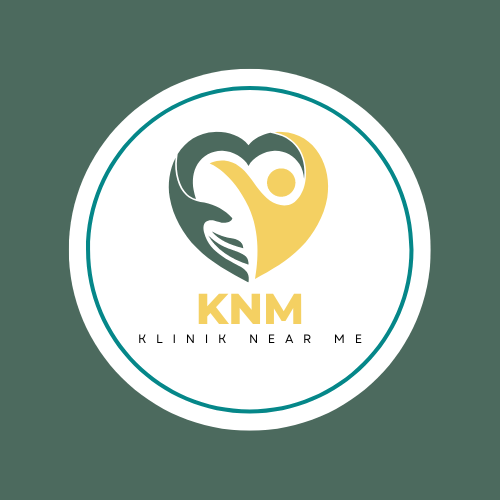Pubic Lice (Crabs): Symptoms, Treatment & Prevention in Malaysia
Table of Contents
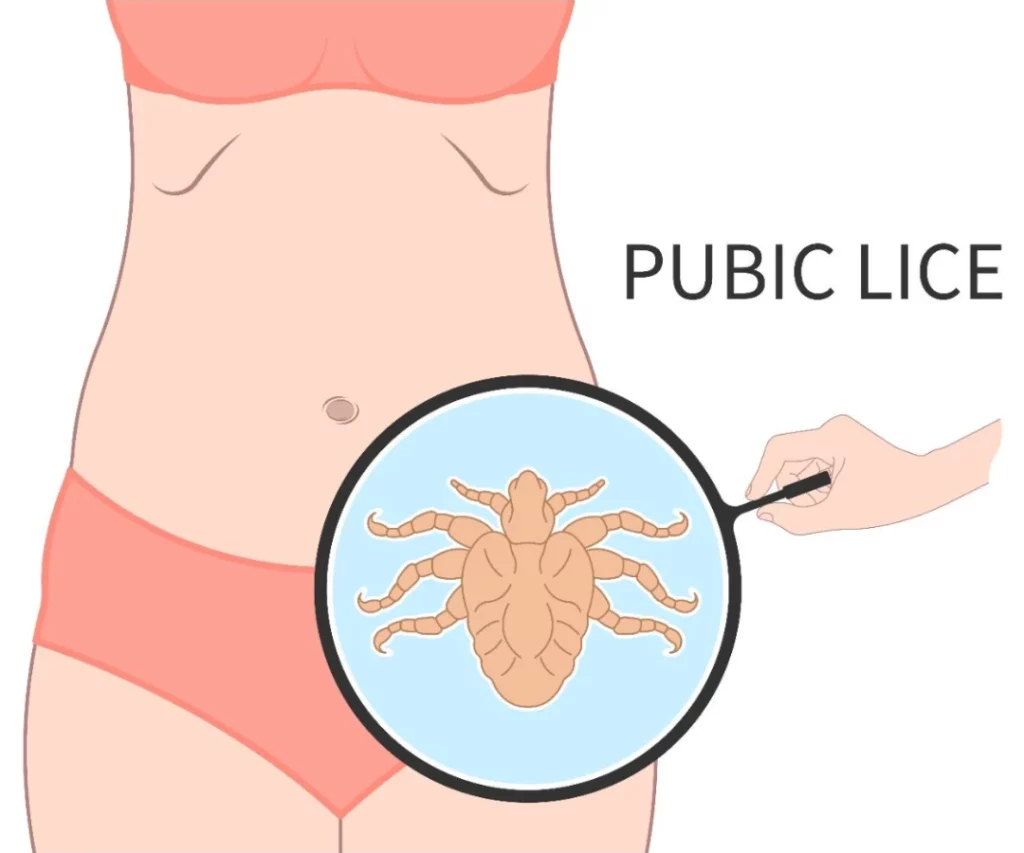
If you’re in Malaysia and worried about pubic lice, look for symptoms like intense itching, skin discoloration, or small bugs in the pubic hair. Test for other STIs along with pubic lice diagnosis. Prevention involves proper hygiene, avoiding shared items, and safe sex practices. Regular washing and maintaining cleanliness in the genital area reduce infestation risk. In Malaysia, the impact is relatively low, with healthcare facilities offering specialized treatments. Stay informed about symptoms, treatment, and prevention for effective management of pubic lice concerns.
Symptoms of Pubic Lice
Symptoms of pubic lice typically manifest five days after infestation, with the primary indication being intense itching in the pubic area. The severity of itching can vary from mild discomfort to an overwhelming urge to scratch incessantly. This itching is a result of an allergic reaction to the bites of the pubic lice.
Individuals may also notice skin discoloration in the affected area, presenting as dark or bluish spots on the skin. These discolorations are often accompanied by the presence of small tan or whitish-gray bugs in the pubic hair, further confirming the infestation.
The itching severity experienced with pubic lice infestation can be distressing, leading to significant discomfort and disruption in daily activities. The skin discoloration adds to the visual cues of the infestation, indicating the presence of pubic lice. Recognizing these symptoms promptly is crucial for timely intervention and treatment.
Apart from the physical symptoms, individuals infested with pubic lice may also experience feelings of being feverish, run-down, or irritable. These additional symptoms can contribute to the overall distress caused by the presence of pubic lice. If you notice intense itching, skin discoloration, or unusual spots in your pubic area, it’s advisable to seek medical attention for proper diagnosis and treatment.
Causes and Transmission
Pubic lice are typically caused by close physical contact or sharing personal items like towels and clothing. Transmission occurs when lice crawl from one person to another, as they can’t fly, jump, or swim.
To prevent pubic lice infestation, it’s essential to avoid sharing personal items and practice safe sexual behaviors.
Causes of Pubic Lice
Close physical contact, such as sexual activity or sharing personal items, is the primary mode of transmission for pubic lice infestations.
Engaging in sexual activity, having multiple partners, and sharing items that come into contact with body hair are common risk factors for contracting pubic lice.
Contrary to common misconceptions, pubic lice don’t have the ability to jump, fly, or swim. Instead, they rely on crawling to move between individuals during close contact.
While pubic lice infestations are commonly associated with the pubic region, they can also affect other body hair areas like eyelashes and armpits, albeit less frequently on the scalp.
Regular grooming practices and maintaining personal hygiene play a crucial role in reducing the risk of contracting pubic lice infestations.
Understanding the causes and risk factors associated with pubic lice can help individuals take preventive measures and seek appropriate treatment if needed.
Transmission Methods Explained
Transmission of pubic lice primarily occurs through direct physical contact, including sexual and non-sexual interactions, as well as sharing personal items like towels or bedding.
Pubic lice, unlike other parasites, don’t possess the ability to fly, jump, or swim, making close contact a crucial factor in their transmission. While the genital region is the most common site for infestation, pubic lice can also affect areas with coarse hair such as the eyelashes or armpits.
Shared personal items such as clothing and bedding can serve as vehicles for lice transmission between individuals, emphasizing the importance of personal hygiene in preventing infestations. Regular grooming practices, proper laundering of clothing and bedding, and avoiding sharing personal items can significantly reduce the risk of contracting pubic lice.
Understanding the modes of transmission and practicing good personal hygiene are essential steps in mitigating the spread of pubic lice and maintaining overall well-being.
Preventing Pubic Lice Infestation
How can you effectively prevent pubic lice infestation?
Pubic lice are commonly transmitted through close physical contact, such as sexual activity, or by sharing personal items like towels or clothing. Since lice don’t have the ability to fly or jump, direct contact with infested individuals or contaminated items is necessary for transmission.
To lower the risk of pubic lice infestation, it’s crucial to practice good personal hygiene and grooming habits. Regularly washing and maintaining cleanliness in the genital area can help reduce the chances of lice infestation. Additionally, practicing safe sex and avoiding sharing personal items such as clothing, towels, or bedding are essential preventive measures.
Engaging in unprotected sexual activity or sharing items with an infested person increases the likelihood of contracting pubic lice. By prioritizing personal hygiene, safe sex practices, and refraining from sharing personal items, you can significantly decrease the risk of pubic lice infestation.
Diagnosis Methods
When diagnosing pubic lice, healthcare providers typically rely on visual inspection of the affected area to identify adult lice, nits, or lice droppings. A magnifying tool or special light might be used for a more detailed examination.
Testing for other sexually transmitted infections may also be advised in conjunction with the diagnosis of pubic lice.
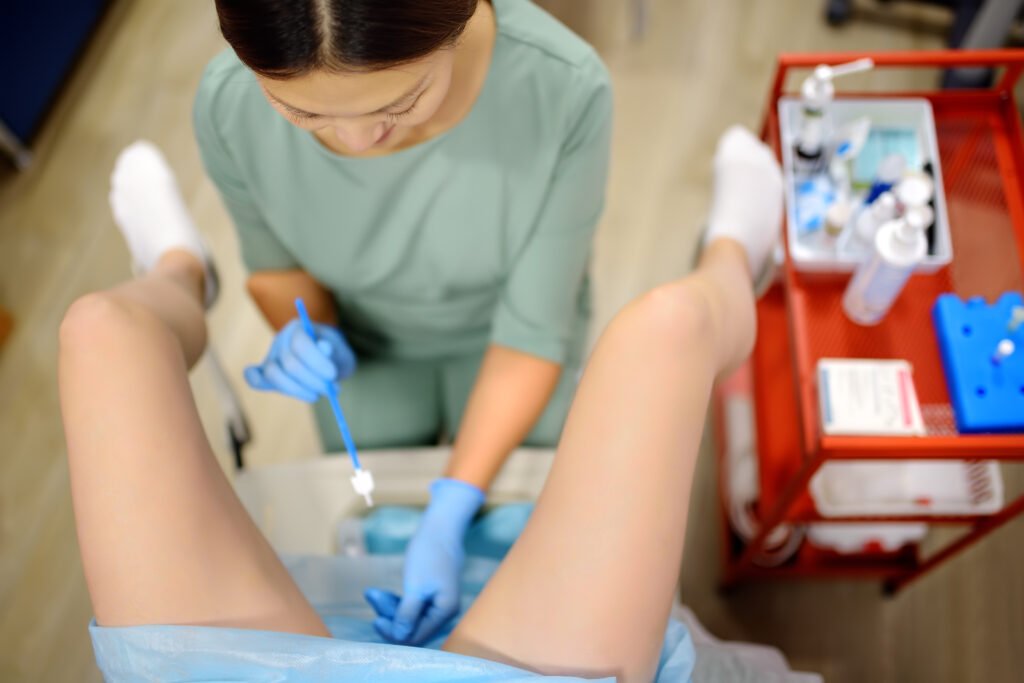
Visual Inspection Techniques
During a visual inspection for pubic lice infestation, healthcare providers utilize magnifying tools to examine pubic hair for adult lice or nits. The magnification benefits aid in spotting tiny lice or nits that may otherwise go unnoticed by the naked eye.
Healthcare providers may use hair parting techniques to check for lice eggs attached to the hair shafts, ensuring a thorough examination. Bright light aids in enhancing visibility, making it easier to identify any signs of infestation.
This confirmation process is crucial in diagnosing pubic lice infestation accurately. Visual inspection techniques play an essential role in differentiating pubic lice infestation from other skin conditions or infections, allowing for appropriate treatment to be administered promptly.
Laboratory Testing Options
To confirm a pubic lice infestation accurately, laboratory testing options involve examining skin or hair samples under a microscope to identify lice, eggs, or nits. Healthcare providers may utilize magnifying tools such as lice combs or special lights to aid in the diagnosis of pubic lice. It’s crucial for visual confirmation of lice or eggs in the pubic region to ensure an accurate diagnosis of pubic lice infestation.
In some cases, testing for sexually transmitted infections may be recommended alongside pubic lice diagnosis for comprehensive screening. The microscopic examination of samples is a key component in detecting the presence of the parasites and guiding appropriate treatment measures.
Therefore, comprehensive testing is essential to confirm the diagnosis of pubic lice and to initiate prompt and effective treatment. If you suspect a pubic lice infestation, seeking medical attention for proper laboratory testing and diagnosis is advisable.
Treatment Options
For the treatment of pubic lice infestations, various options are available, including over-the-counter medications and prescription-strength treatments. Over-the-counter products containing permethrin or pyrethrin are commonly used to combat pubic lice. These medications work by paralyzing and killing the lice. In more severe cases or when lice are resistant to over-the-counter treatments, prescription-strength medications may be necessary for effective eradication.
In addition to topical treatments, manual removal of lice and nits with a fine-toothed comb can be a helpful adjunctive therapy. Following product instructions meticulously is crucial for successful treatment outcomes. It’s essential to apply the medication to all affected areas and repeat the treatment as recommended to ensure all lice are eliminated.
While natural remedies and alternative therapies are sometimes sought, their efficacy in treating pubic lice isn’t well-established. It’s important to be cautious when considering these options, as they may not provide sufficient treatment. Moreover, medication side effects and treatment complications are possible, emphasizing the importance of seeking medical advice if lice infestations persist despite initial treatment attempts. Consulting a healthcare professional can help tailor the treatment approach to individual needs and ensure the most effective outcome in managing pubic lice infestations.
Preventive Measures
Implementing effective preventive measures is key in reducing the incidence of pubic lice infestations in Malaysia. To prevent the spread of pubic lice, it’s crucial to prioritize personal hygiene. Regularly washing and sanitizing bedding and clothing can help eliminate any lice or eggs that may be present. Additionally, educating individuals on the significance of personal hygiene, especially in the pubic region, can greatly minimize the chances of pubic lice infestations.
Practicing safe sex is another essential preventive measure to consider. Using condoms during sexual intercourse can significantly reduce the risk of pubic lice transmission. It’s important to be cautious and mindful of potential exposure to pubic lice, especially in situations where there’s close physical contact.
Furthermore, avoiding the sharing of personal items such as towels, clothing, and bedding is imperative in preventing the transmission of pubic lice. Sharing these items can facilitate the spread of lice from one individual to another. By refraining from sharing personal items, you can effectively reduce the risk of infestation.
Lastly, encouraging early detection through regular inspections of the pubic area for any signs of lice infestation is crucial. Early identification can lead to prompt treatment, preventing further spread and complications. By implementing these preventive measures consistently, you can protect yourself and others from pubic lice infestations in Malaysia.
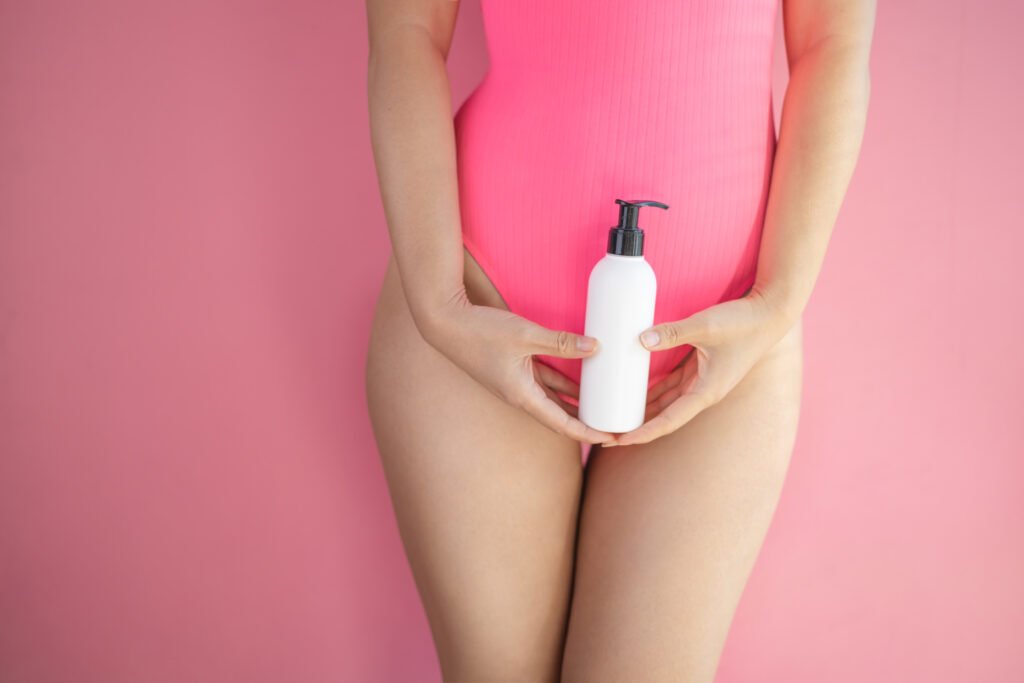
Impact in Malaysia
Pubic lice infestations in Malaysia have a relatively low prevalence compared to other regions, indicating a lesser impact on public health in the country. The lower incidence of pubic lice cases suggests that the burden on public health resources is minimal when compared to countries with higher transmission rates.
Malaysian healthcare facilities are equipped to manage pubic lice infestations, offering specialized treatments to address any cases that do arise. The availability of these treatment options contributes to the overall management of pubic lice and helps prevent any potential escalation of the issue within the population.
Given the limited impact of pubic lice infestations in Malaysia, public health initiatives may focus on preventive strategies to maintain this favorable situation. By emphasizing awareness and education on how to prevent pubic lice transmission, healthcare authorities can further reduce the occurrence of infestations and uphold public health standards.
The combination of effective treatment options, healthcare facilities preparedness, and public awareness campaigns underscores the country’s ability to manage pubic lice issues efficiently and maintain a healthy environment for its population.
Community Awareness
Community awareness programs in Malaysia play a crucial role in educating individuals about the symptoms and prevention of pubic lice infestations. These initiatives focus on community engagement through educational campaigns and outreach strategies to raise awareness about the risks associated with pubic lice. By collaborating with local health authorities and community organizations, public health programs aim to provide information on treatment options available in Malaysia for those affected by pubic lice and promote hygiene practices to prevent transmission.
Public health campaigns in Malaysia emphasize the importance of early detection and prompt treatment to control the spread of pubic lice within communities. Through the distribution of educational materials and the organization of workshops, individuals are empowered to recognize and address pubic lice infestations effectively. These outreach initiatives seek to reduce the stigma associated with pubic lice infestations and encourage individuals to seek help without hesitation.
Conclusion
In conclusion, pubic lice, also known as crabs, can cause discomfort and embarrassment for those affected. By recognizing the symptoms early, seeking proper treatment, and practicing preventive measures, individuals can effectively manage this common parasitic infestation.
It’s important for the community in Malaysia to be aware of the risks and take necessary precautions to prevent the spread of pubic lice.
Stay informed with kliniknearme.com.my
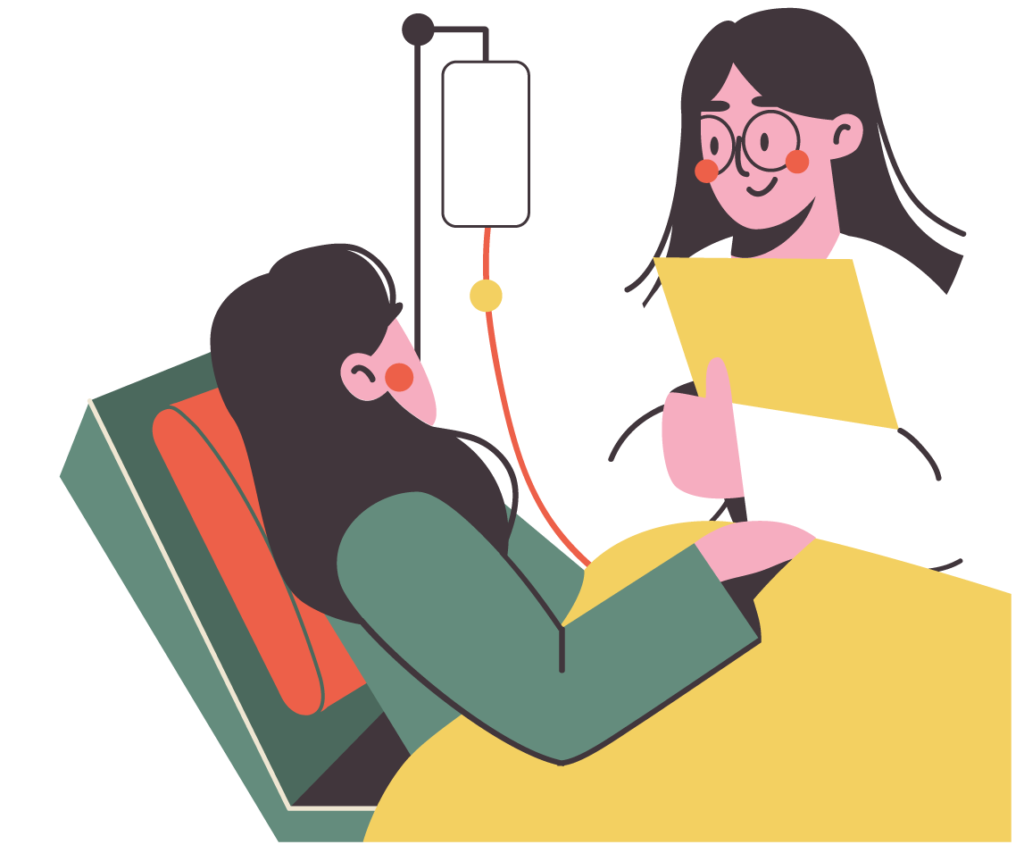
FAQ
Frequently Asked Questions
When it comes to treating and preventing pubic lice, there are various options available. Over-the-counter remedies like permethrin can help eliminate the lice, while prescription medications are recommended for severe cases.
Natural remedies and home remedies may offer some relief as well.
To prevent infestations, avoid close contact with infected individuals and refrain from sharing personal items.
Good hygiene practices, such as regularly washing bedding and clothing, can also help prevent the spread of pubic lice.
To prevent crabs, prioritize personal hygiene and practice safe sex. By maintaining good personal hygiene habits, such as regular bathing and grooming, you can reduce the risk of contracting pubic lice.
Additionally, using protection during sexual activities can help minimize the chances of transmission. These simple steps can go a long way in safeguarding against pubic lice infestations.
When dealing with crabs, the best treatment usually involves a combination of methods. Over-the-counter lotions with permethrin or pyrethrin can be effective. Additionally, manual removal using a fine-toothed comb is helpful. In severe cases, prescription medication may be necessary. Professional help can guide you through the process, ensuring thorough treatment.
Natural remedies can also complement traditional treatments. Following instructions diligently and cleaning personal items are crucial for successful management.
To stop crabs from itching, practice proper hygiene and consider home remedies. Avoid scratching to prevent skin irritation.
Wash infested items in hot water. Trimming or shaving pubic hair can help reduce lice numbers. Use medicated shampoos or creams designed for lice treatment.
If over-the-counter options don’t work, consult a healthcare provider for prescription-strength treatments. Remember, maintaining cleanliness and following treatment protocols are crucial in alleviating itching and eradicating pubic lice.
